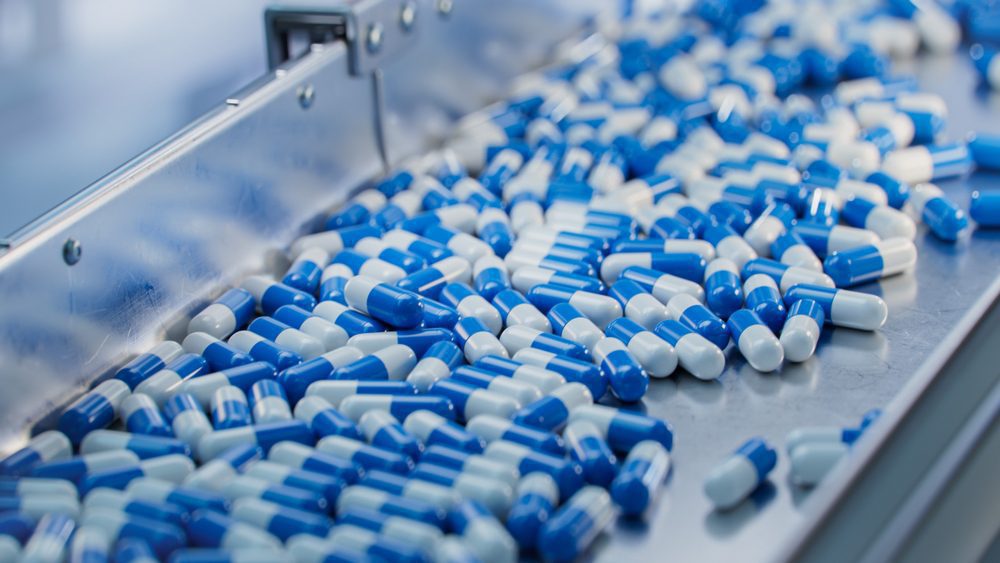Ensuring excellence
Innovative programming standards drive compliance
Our commitment to the pharmaceutical industry involves maintaining the highest standards of quality and compliance in our programming and automated systems. We ensure that every aspect of our work aligns with the rigorous demands of the pharmaceutical sector.
In these pharma projects, we strictly adhere to the principles and guidelines set forth by the GAMP (Good Automated Manufacturing Practices). The GAMP V-model serves as the roadmap for ensuring that all automated systems we develop and deploy meet the required quality standards and are thoroughly validated. This model emphasizes a lifecycle approach, comprehensive documentation, and a risk-based methodology to guarantee that our systems are both efficient and compliant.
Our commitment to GAMP principles is reflected in every stage of the project. From the initial concept phase, through the detailed design and specification phases, to rigorous testing and validation, we can ensure that the system is robust and reliable.
In this branch, we proudly support leading pharmaceutical companies. Our collaboration with these plants underscores our capability to handle complex and high-stakes projects. By partnering with these companies, we contribute to the advancement of pharmaceutical production technologies and the delivery of innovative, life-saving treatments to patients worldwide.

Why MOM in the pharmaceutical industry?
A Manufacturing Operations Management (MOM) system offers significant benefits for pharmaceutical companies by optimizing and integrating various operational processes:
- Strict regulatory compliance: Automated registration and reporting ensure adherence to FDA and ISO standards, reducing human errors and ensuring consistent documentation.
- Audit trail and traceability: Detailed audit trails allow precise tracking of all production steps and changes, crucial for inspections and audits.
- Improved quality control: Real-time monitoring detects deviations early, ensuring high product quality and reducing defects.
- Advanced analytics: Identifies trends and patterns in quality data for continuous improvement.
- Efficiency and cost savings: Real-time data and analysis help eliminate inefficiencies, increasing productivity and reducing operational costs.
- Reduced waste: Precise control and optimization minimize waste, saving costs and benefiting the environment.
- Enhanced planning and scheduling: Integrates real-time data for efficient production planning and shorter lead times.
- Predictive maintenance: Continuous machine monitoring supports predictive maintenance, minimizing unplanned downtime.
- Better traceability and transparency: Full traceability of raw materials, production processes, and final products ensures quality assurance and quick response to issues.
- Support for innovation: Detailed data and analysis aid R&D in developing new products and improving existing processes.
- Faster product introductions: Optimized processes and efficient planning enable quicker market entry for new products.
- Improved customer satisfaction: Consistent product quality and quick response to customer requests enhance service and satisfaction.






